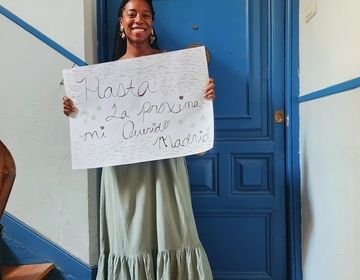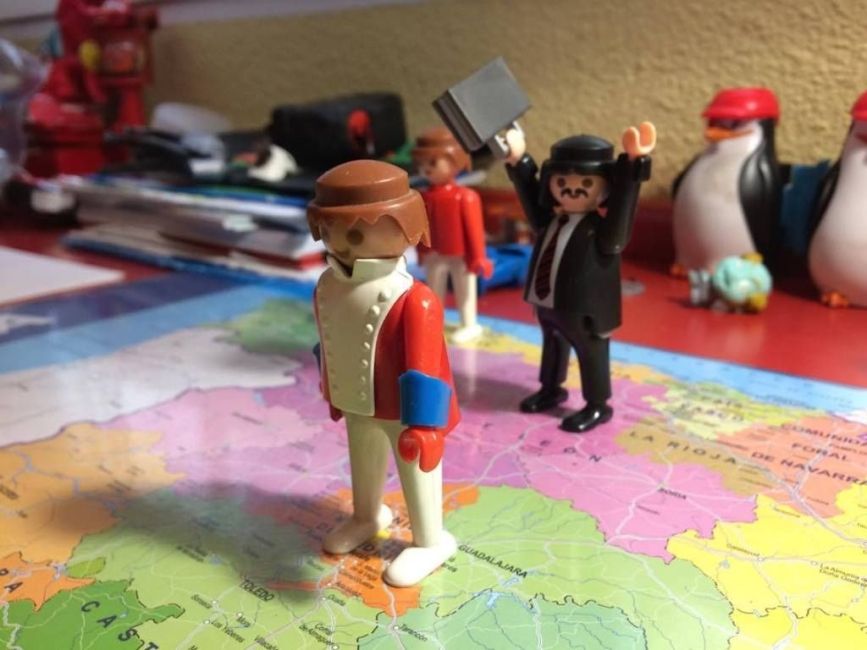How to Set Up Private Tutoring in Spain
Tutoring outside of school has many benefits. You boost your teaching skills, provide native English instruction, and perhaps develop closer connections with the students in your placement school. There are a number of ways you can find private tutoring opportunities:
1. Tell your bilingual coordinator or school colleagues that you are available outside of school hours to help with homework or conversation practice. They can make an announcement to the parents.
2. Wait for parents of your students to approach you.
3. Use Facebook groups - large Facebook groups such as Auxiliares de Conversacion en MADRID have thousands of members based in Madrid and post updates and opportunities from tutoring to vacant housing.
4. If you participate in the Immersion program, you will be with a host family for 2 or 4 weeks before you start teaching. They are locals! Ask them if they have friends or family members who need help with their English.
Once you've set up some sessions, I recommend the following tips to be successful. I tutored students from my placement school as well as from a private language academy:
Be patient
I worked primarily with younger students in first, second, and third grade, so being patient is key when it comes to their attention spans and writing speed. All of the students at my placement school write in cursive and their little hands haven’t had enough practice to write quickly. Patience is a good skill to have anyway when working with kids.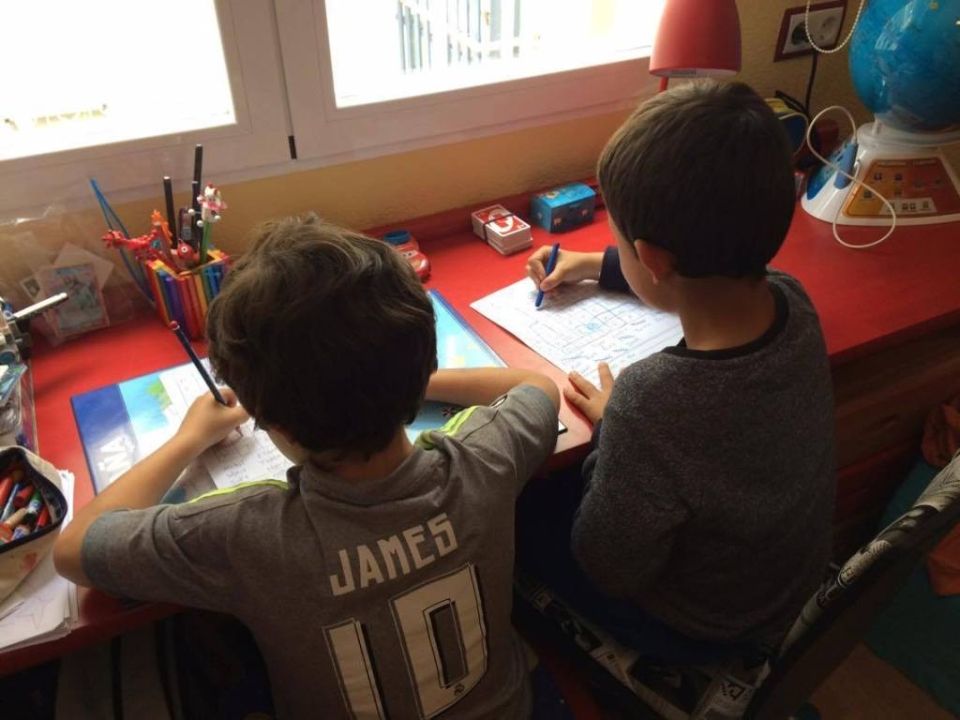
Having a structure for an hour class is a lifesaver. It’s better to have some sort of an outline of how you will help your student than just winging it. This is more or less how my private tutoring sessions went:
- I asked about their day
- I helped them complete homework
- I reviewed vocabulary/songs/phrases or other materials from class
- I played a word game using their new vocabulary (or other games such as Simon Says)
- Finally, I’d end the class with a few English story books. There was hardly any time for good old fashioned storytelling at school, so my students loved it and sometimes helped me read the book aloud. This was also a great way for them to be exposed to new vocabulary, see the vocabulary they’ve learned in a story and hear a book read by a native English speaker.
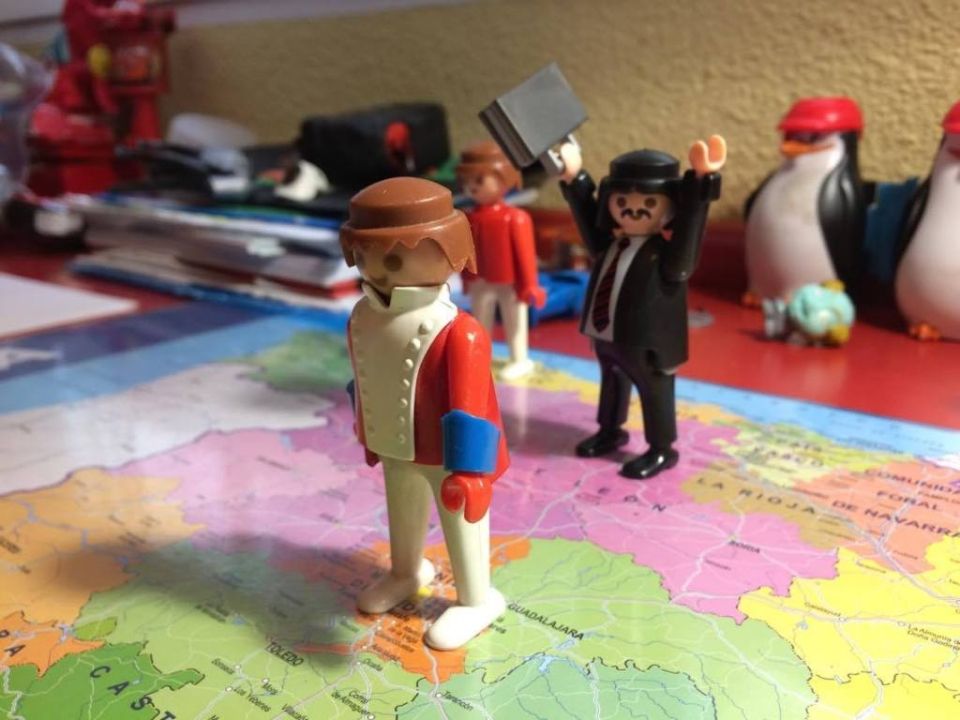
For example, one week we learned about clothing: “I’m wearing a green shirt, brown pants and white socks” or, “She’s wearing…” When my student began to flip through his massive book of Real Madrid cards, I asked him what the players were wearing to keep him engaged in the review. This worked wonders! “He’s wearing a white shirt, white and red shorts, black socks and white shoes.”
Another trick is to use toys. During our review session of countries and capitals, I'd let my student put a Playmobil on a region of his Spanish map every time he got an answer correct. Seeing the map fill up with toys made him feel more accomplished.
El Día de los Reyes Magos (when children in Spain receive their holiday gifts) was in January and the following weeks provided many distractions with their new treasures. One of my students was OBSESSED with her new diary with a passcode lock on the front. She spent so much time showing me her gift that we ditched my planned review and wrote diary entries in English.
Ask Questions
My students were required to speak in English during class and if they didn't know how to say something, they needed to ask, “How do you say ___ in English?” Even though children can pick up a second language quickly, it’s still a long day of school when you’re learning a new language.
Sometimes during private tutoring it’s fun to turn the tables and ask them, “How do you say ___ in Spanish?” It not only makes them realize you are also learning another language, but it makes them feel empowered that they can teach you something too.
Use Videos
Especially when learning about various science topics, I liked to emphasize our review sessions with Youtube videos (since we didn’t have time for them in class). One day we learned about the differences between vertebrates and invertebrates and my student was having trouble figuring out what a leech was. I quickly searched for a video of leeches on my phone and the visual helped him remember that they are invertebrates and more specifically, a type of worm.
Translate
If you know a bit of Spanish, this will come in handy when helping students after school. One-on-one time is very beneficial because you can help a student resolve any confusion that wasn’t explained in class. Sometimes a set of instructions in the book doesn’t read clearly or they need an explanation presented in a different format.
If English doesn’t work, sometimes the lightbulb will go off by simply restating one word in Spanish. Some teachers refuse to speak any Spanish whatsoever in English classes, but once in a while, it really does help to present a word or two in their native language.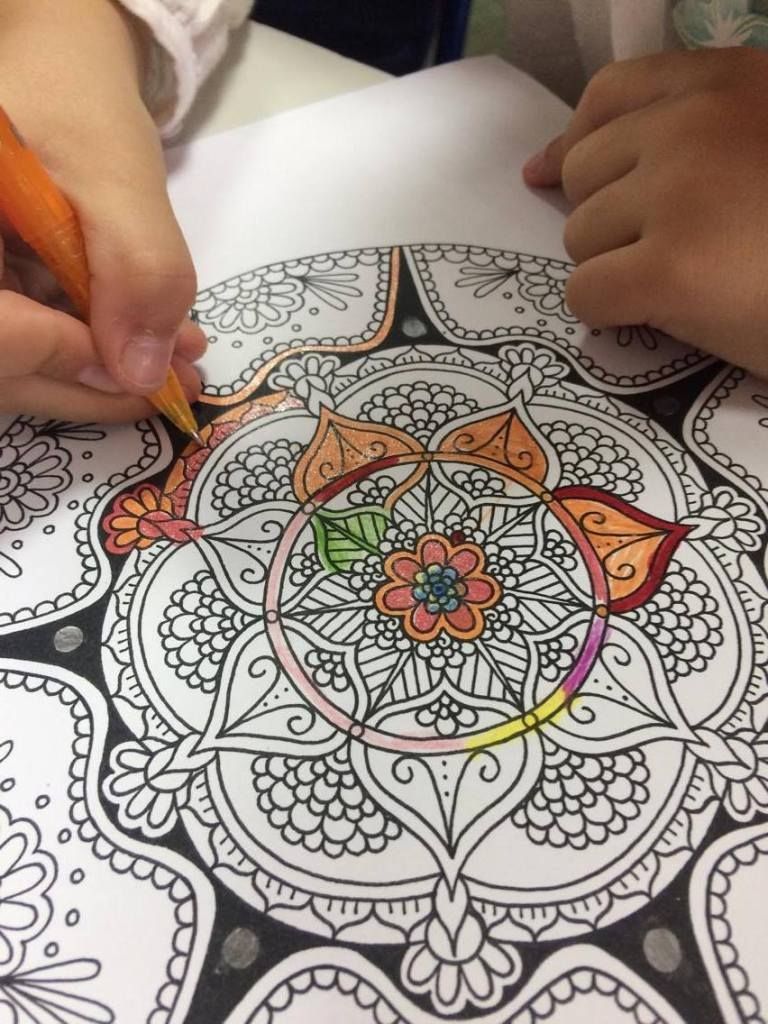
Younger students LOVE rewards. Depending on your student, you can choose what reward system to use whether it be stickers, candy, small toys, etc. I personally used extra story time, copies of my drawings to color, or playing more games with my student’s toys (in English). One time I even told my student I’d buy him a pack of Pokemón cards if he got a good grade on his upcoming test. That absolutely motivated him to study hard.
Stay Positive
After a long day at school, sometimes private classes were the last thing in the world a student wanted to do. It’s important to stay positive, encourage your students and be energetic. If you are bored and unengaged, they will be as well.
Inform the Parent
Finally, include the parents! After each of my private tutoring sessions, I gave a brief outline of what we covered during the hour and how their child responded. Not all parents may expect this, but the ones I worked with not only appreciated the feedback, but they had more confidence and trust in me as a tutor.
Related Posts

TWICE with CIEE: Kayleigh in Spain (PART 2)
Kayleigh is a CIEE alum who participated in CIEE's Teach in South Korea program AND CIEE’s Teach in Spain Volunteer program! CLICK HERE to read her experience in Korea. WHY... keep reading

CIEE Volunteer Spotlight: Meet Layla!
Where are you from? What was your academic background or career before teaching abroad? I am Canadian, specifically Québécoise. In Quebec, students are required to attend community college (CEGEP) before... keep reading
